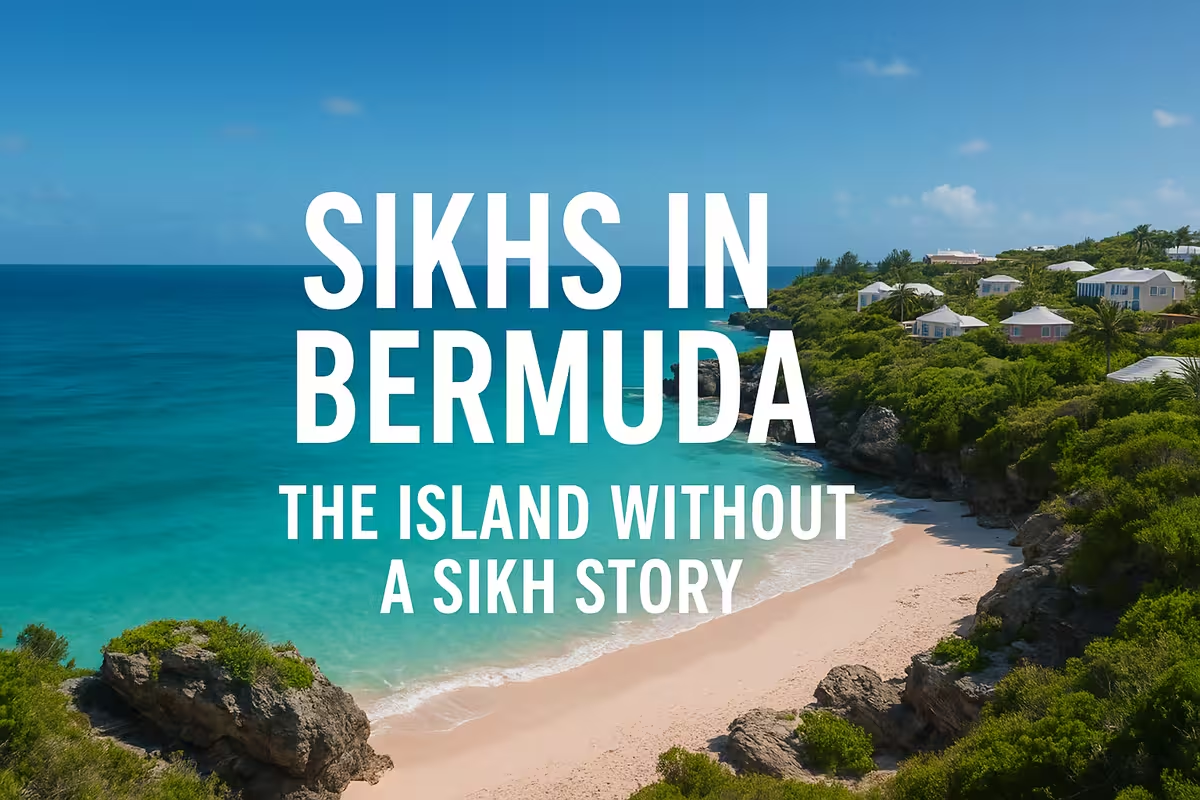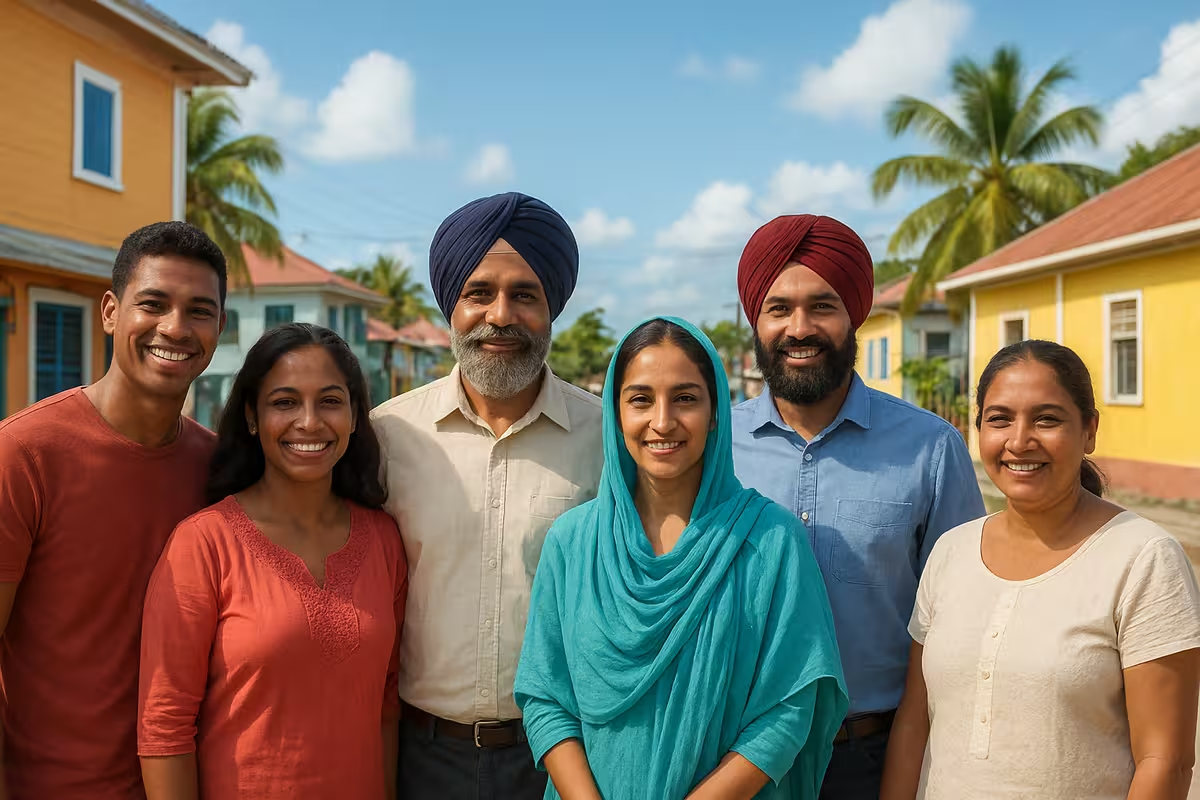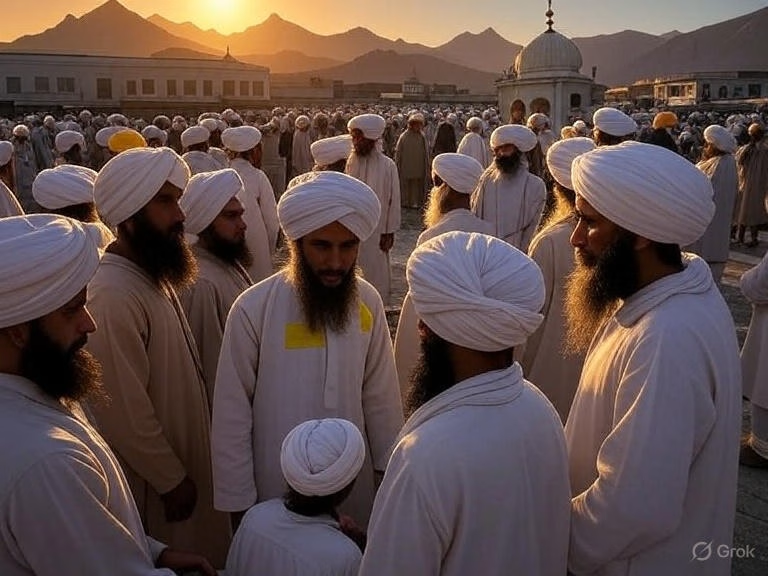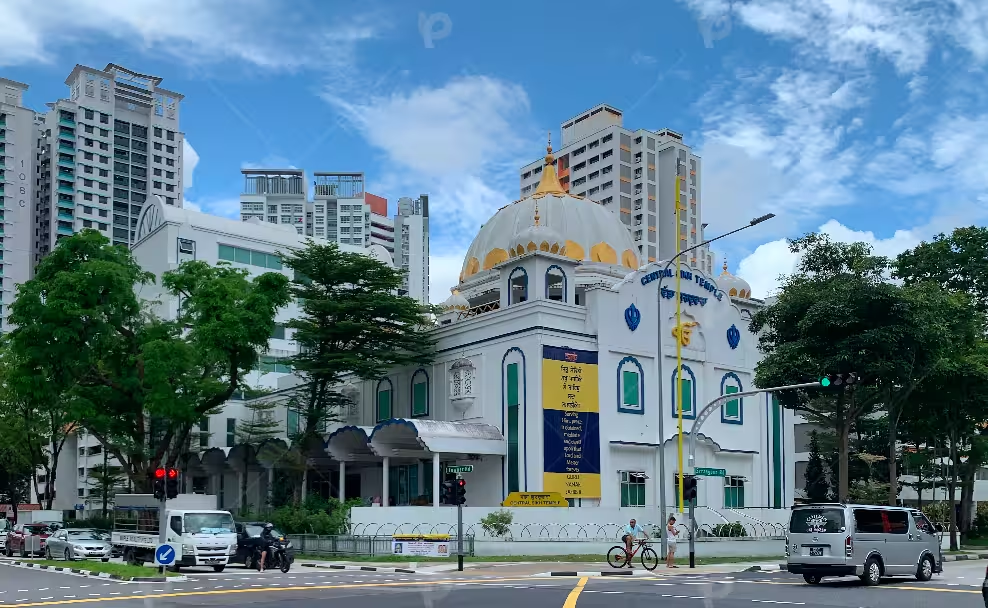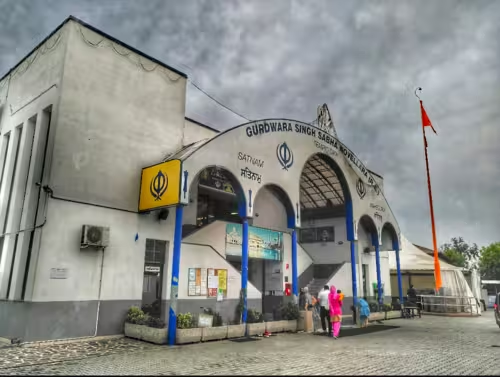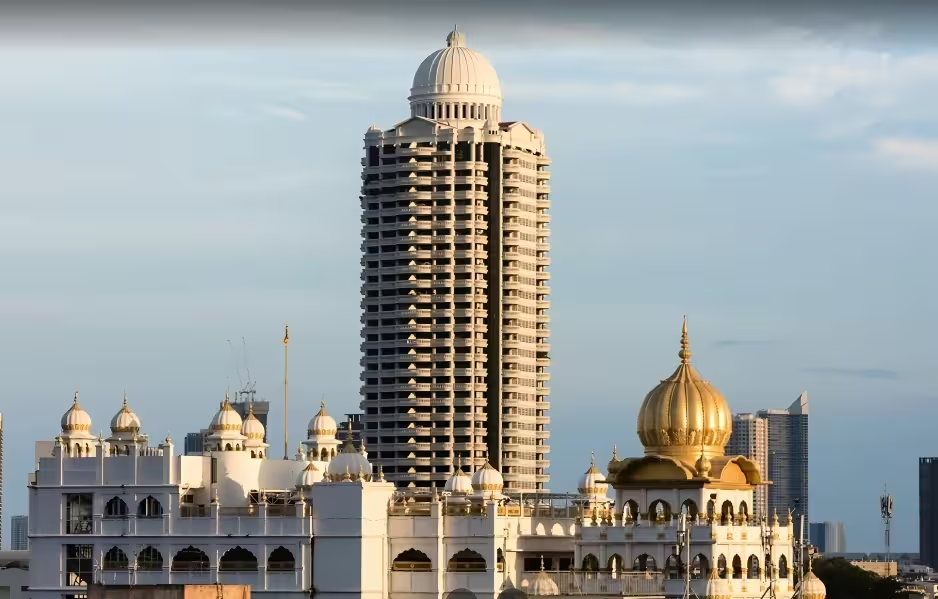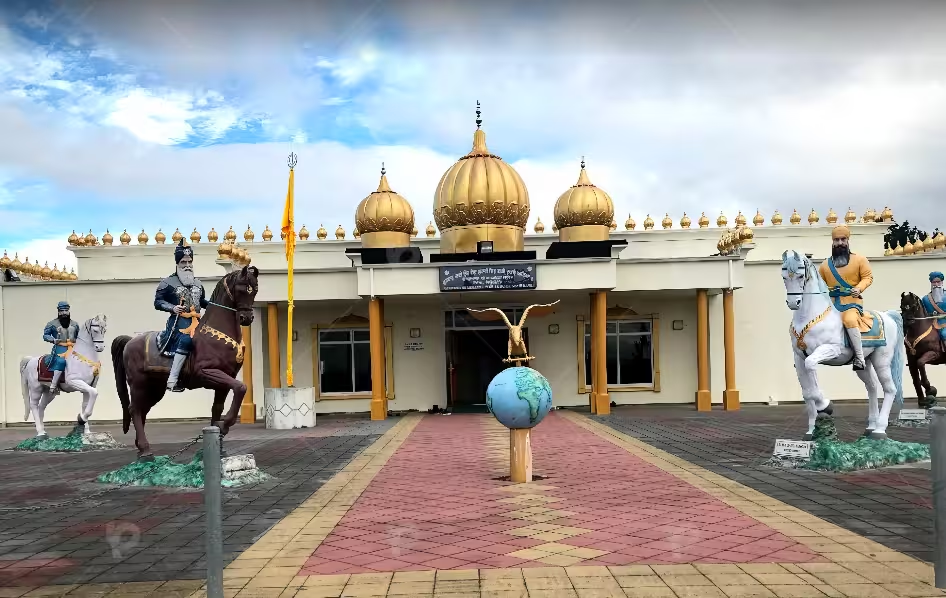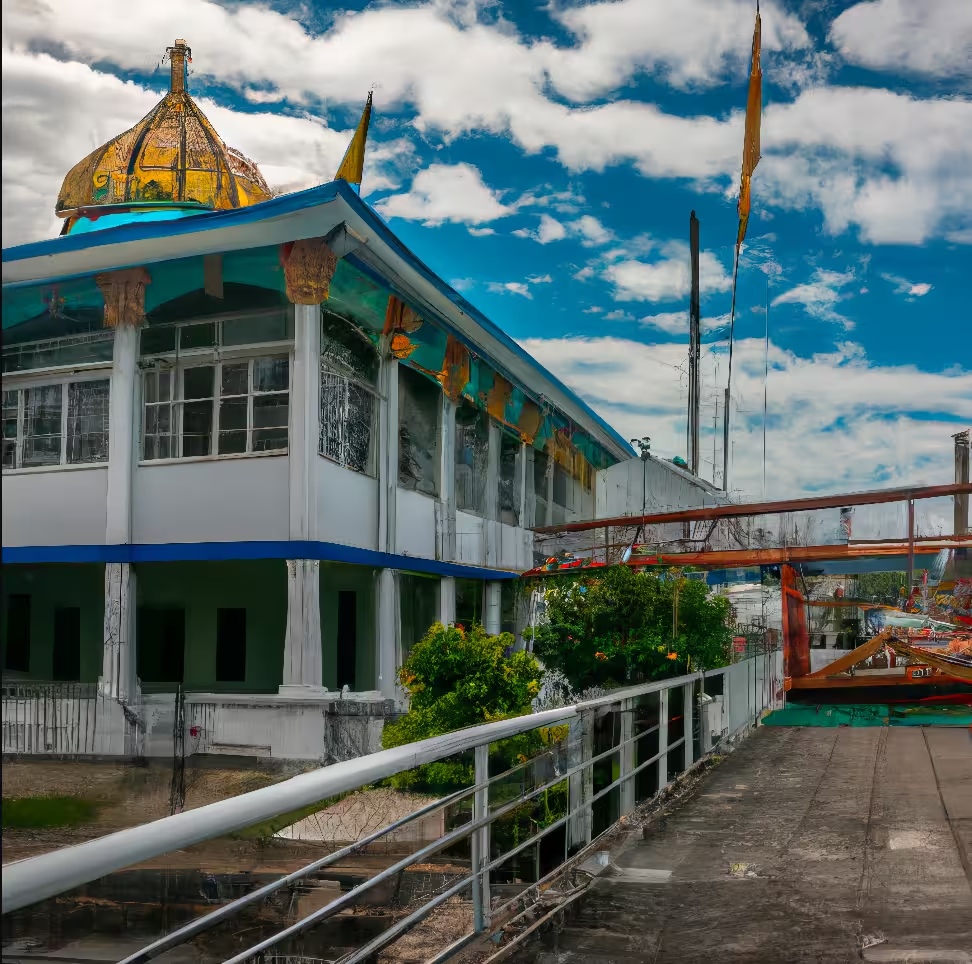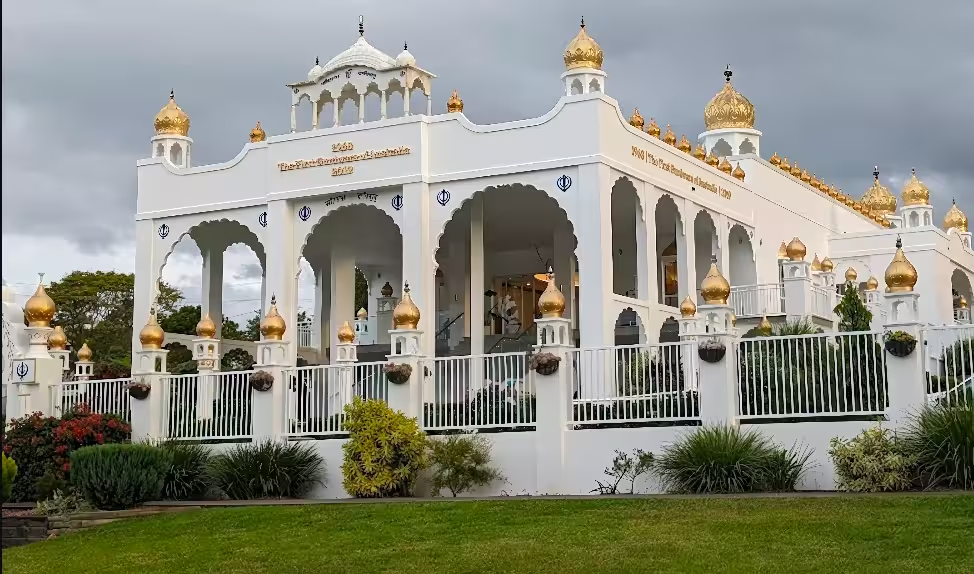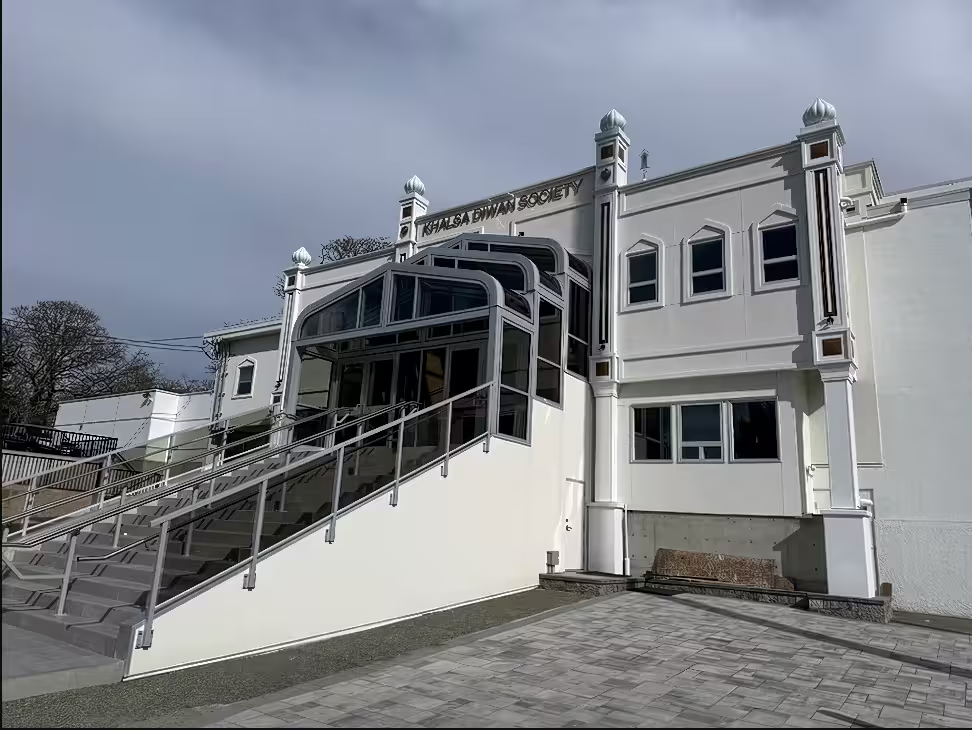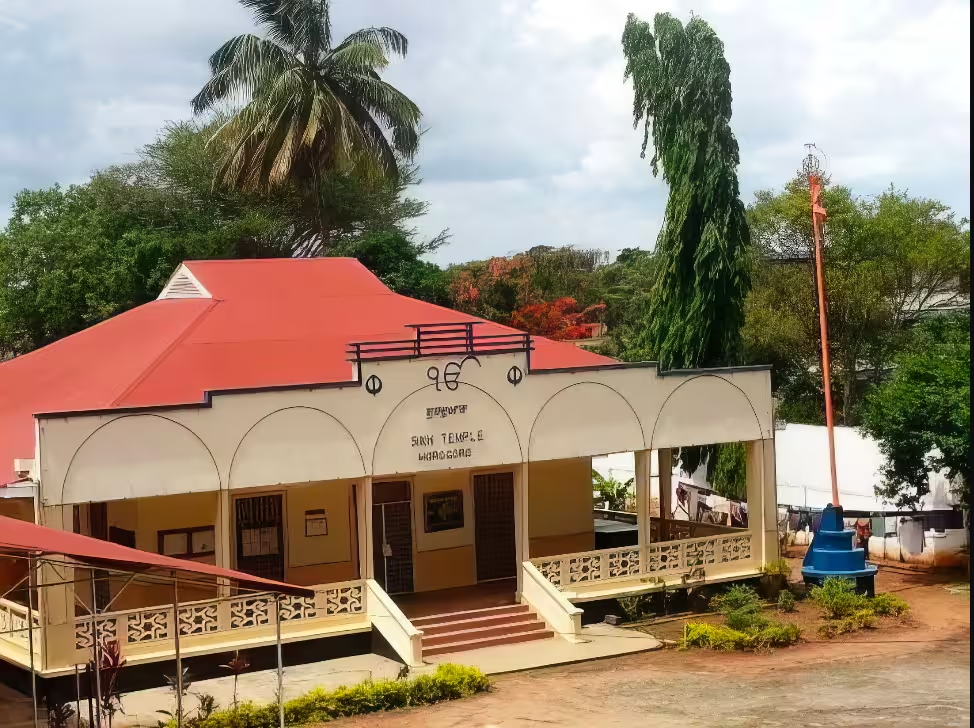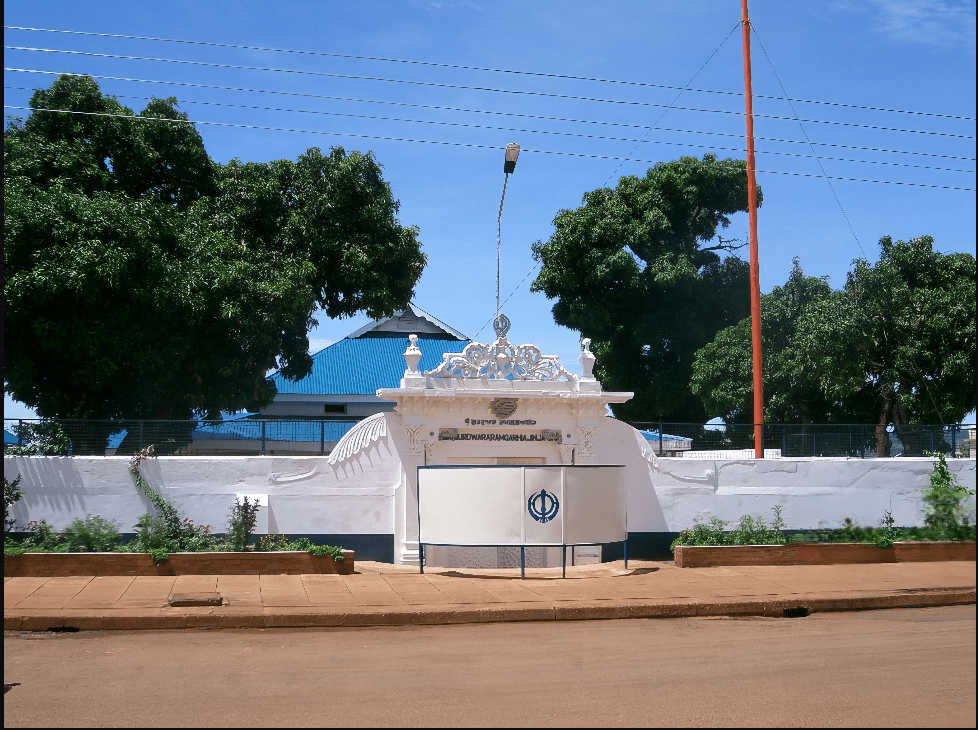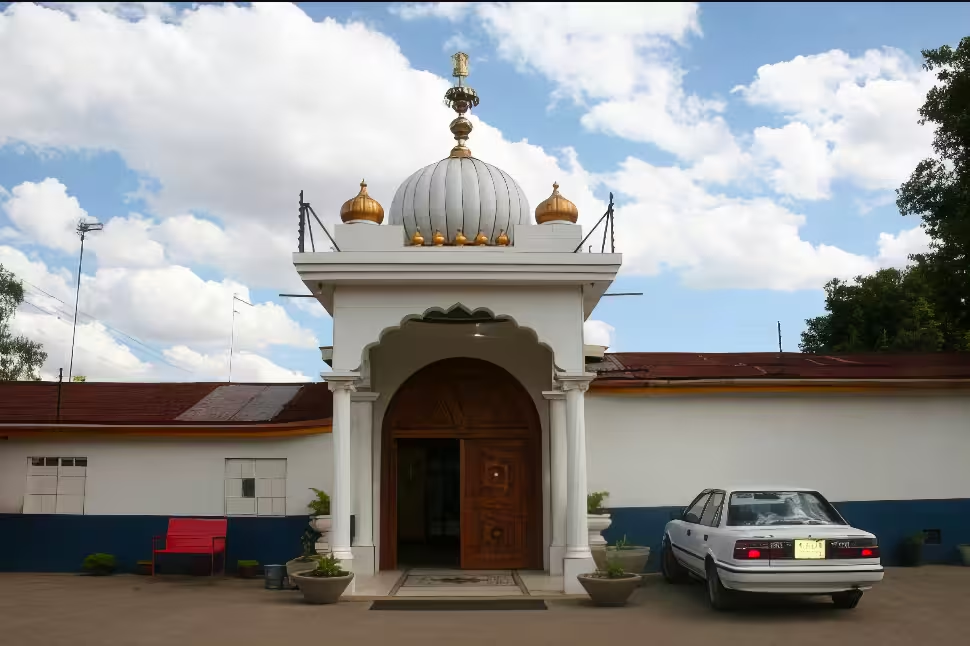Sikhs in Bermuda: A British Overseas Territory
Welcome to Global Sikhi Wiki, your comprehensive resource for exploring Sikh history, culture, and global communities. Today, we delve into the vibrant story of Sikhs in Bermuda
Bermuda is a small yet picturesque British Overseas Territory located in the North Atlantic Ocean, roughly 1,035 kilometers (643 miles) east of North Carolina, USA. With a total land area of just 53 square kilometers, it is home to about 65,000 people. The capital, Hamilton, is known for its pastel-colored colonial buildings, turquoise waters, and coral reefs that attract thousands of tourists each year.
When examining Sikh migration across the globe, one finds footprints in almost every region — from Canada and the United States to Kenya, Malaysia, Fiji, and even South America. Yet Bermuda stands apart as one of the few territories without a single traceable Sikh settlement or Gurdwara.
Why the British Never Brought Indians (Including Sikhs) to Bermuda
When tracing the footprints of Indian indentured labour across the British Empire — from Fiji to Trinidad, from Kenya to Malaysia — Bermuda stands as an exception. Despite being under British rule for centuries, no records show Indian indentured workers including Sikhs, soldiers, or clerks being brought to Bermuda.
This absence can be explained by nine major factors:

1. Bermuda’s Economy Was Maritime, Not Agricultural
The British introduced Indian indentured labour mainly to replace African or local workers on sugar, tea, rubber, and plantation economies (e.g., in Mauritius, Guyana, or Malaya).
Bermuda, however, had no plantations or large-scale agriculture.
Its soil was thin and rocky, and the island’s main income sources were shipbuilding, salt trade, and later tourism and naval bases — industries that required skilled local or European labour, not field workers. It was cheaper for them to get labour from USA/UK
Hence, there was no demand for the type of manual labour that the British Empire typically filled with Indian migrants.
2. Small Land Area and Stable Local Population
Bermuda’s entire area is barely 53 square kilometers — too small to absorb large imported populations.
The British colony already had a stable resident community of British settlers and African-descended Bermudians who had been living there since the 17th century.
By the 19th century, local birth rates met labour demands, and importing foreign workers was unnecessary.
In contrast, colonies like Trinidad, Fiji, and Kenya had vast underpopulated lands needing agricultural development, prompting the British to bring Indians under the indenture system.
3. Proximity to Britain and North America Reduced Dependency
Unlike distant colonies in Asia or Africa, Bermuda was only about a week’s sail from England and even closer to the United States.
It was used more as a naval station, dockyard, and Atlantic defense outpost, not as a plantation colony.
Whenever specialized labour was needed, British and American workers could easily be shipped in.
Thus, the empire’s logistical reliance on Indian labour — which was crucial for faraway colonies — didn’t apply to Bermuda.
4. Strict Immigration Controls and Social Segregation
Bermuda’s small elite feared demographic change. The colonial administration maintained tight immigration laws to keep the population racially and culturally homogenous.
The government restricted settlement of non-European groups, including Indians, fearing that importing Asian labourers might disrupt the fragile racial hierarchy between whites and blacks.
This was unlike colonies such as Mauritius or Guyana, where the British actually used Indian migration to “balance” African populations. In Bermuda’s case, the opposite logic applied — they wanted to avoid introducing a new racial group altogether.
5. No Military Deployment of Sikhs
While Sikh soldiers were stationed across the empire — from Hong Kong to East Africa — the Bermuda garrison was largely manned by British regulars and West Indian regiments, not Indian troops.
Since Bermuda’s role was naval rather than territorial, there was no strategic need for Sikh regiments or Indian sepoys.
6. Strict Immigration Policies
Bermuda’s immigration laws are among the most restrictive in the world.
Foreigners can work only on short-term permits.
There is no pathway to permanent residency for most non-Bermudians.
The territory discourages mass immigration to preserve its small population balance.
This means that even skilled professionals—doctors, IT experts, or entrepreneurs—rarely settle permanently. As a result, diaspora communities struggle to take root.
7. Visa & Travel Barriers
Indian citizens cannot travel to Bermuda freely; entry generally requires a valid U.K., U.S., or Canadian visa.
This restriction has made spontaneous or undocumented migration virtually impossible—unlike Central American countries that became stepping-stones for irregular routes to the U.S.
Thus, Bermuda never became a transit point for illegal migration, contrary to what occurred in Belize or Mexico.
8. Alternative Routes Were Stronger
For Sikhs seeking opportunities abroad, other routes proved far more accessible:
Canada (British Columbia) – since 1904.
United States (California) – through agricultural and railroad work.
Latin America – via Belize, Panama, and Argentina during the late 20th century.
Bermuda, being an isolated Atlantic island closer to Europe than America, never fell along these migratory corridors.
9. Backdoor Entry
- Visa barrier to even enter Bermuda: Bermuda requires most Indian passport holders to hold a valid multi-reentry visa (MRV) for the US, UK or Canada when entering—meaning you generally need a UK/US/Canada visa first
- Bermuda law criminalizes illegal landing and harbouring; the island enforces a tight immigration regime. That raises legal risk for anyone trying to arrive irregularly or be sheltered there.
Dunki route from Bermuda to America
If anyone ever managed to enter Bermuda illegally with hopes of reaching the U.S., their journey would have likely ended there — because the distance between Bermuda and the U.S. east coast is over 1,000 kilometers (about 640 miles) of open Atlantic Ocean. Any secret sea crossing would be a dangerous and nearly impossible mission, demanding large, fuel-heavy vessels, expert navigation, and the ability to evade U.S. Coast Guard patrols in unpredictable weather and strong ocean currents. In contrast, entering through Mexico provides direct land access to the U.S. border, making it far more practical, less risky, and much cheaper than the perilous Atlantic route.

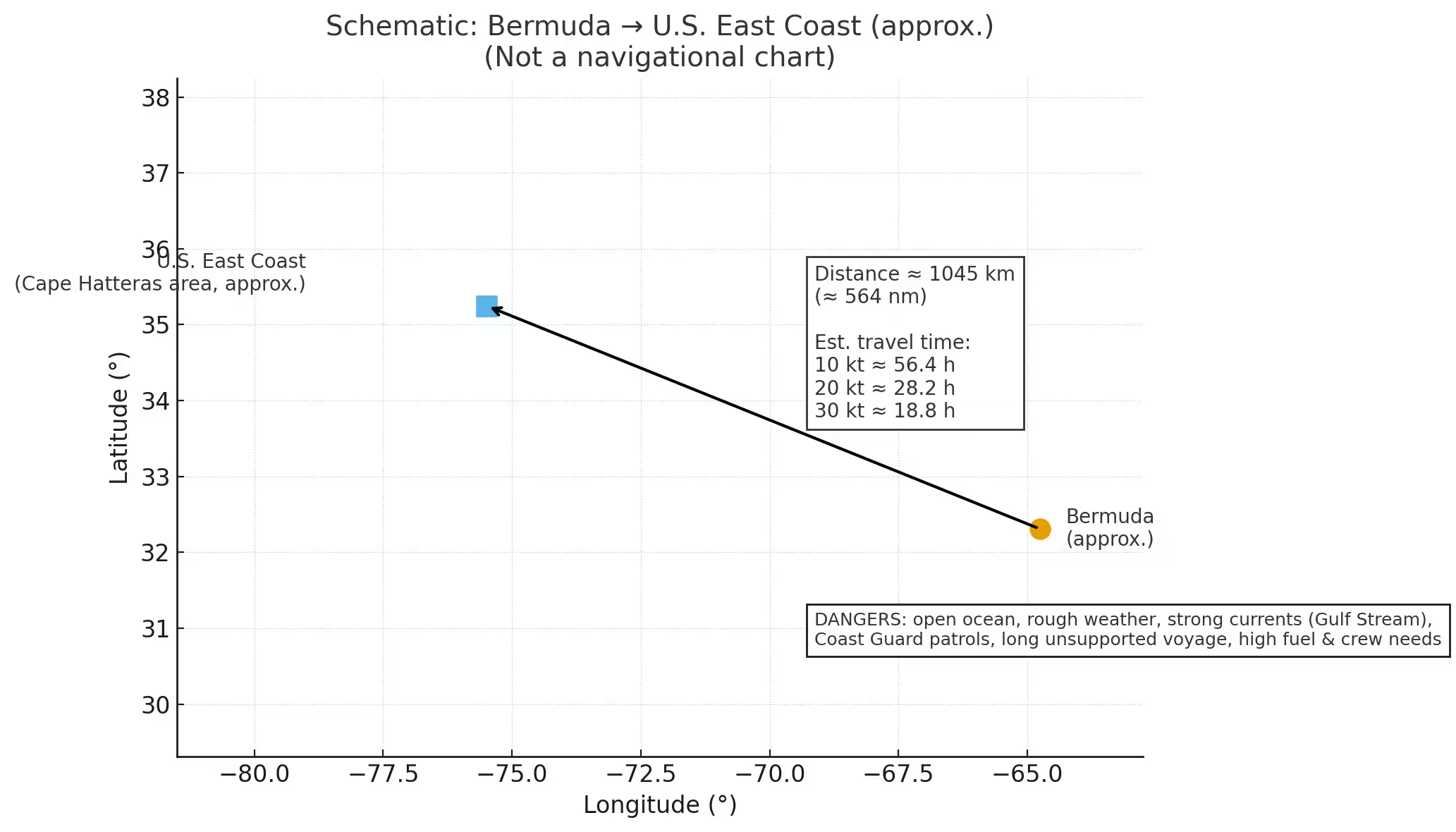
“In a world map dotted with Sikh footprints, Bermuda remains a blank space — untouched, unexplored, and unrecorded.”
Pritam Obi Tweet
“A silent ocean between migration waves — the untold emptiness of Sikhs in Bermuda. Perhaps one day, a Sikh family will plant their roots in Bermuda, adding another thread to the great global tapestry of Sikh migration. Until then, Bermuda remains a blank page — serene, untouched, and waiting for a story to begin.
Pritam Obi Tweet
The Enigma of the Bermuda Triangle
Bermuda’s global fame is often tied to the Bermuda Triangle, a mysterious area of the Atlantic Ocean roughly forming a triangle between Miami (Florida), San Juan (Puerto Rico), and Bermuda itself.
For decades, tales of ships and aircraft vanishing without explanation have captured imaginations, earning it nicknames like “The Devil’s Triangle.”
Scientists, however, attribute most incidents to natural phenomena — sudden tropical storms, compass variations, methane gas eruptions, and human navigation errors. Still, the myth persists as a powerful metaphor for mystery and disappearance.
Some famous ships that are said to have disappeared in the Bermuda Triangle include the USS Cyclops, the USS Pickering, the USS Wasp, and the SS Marine Sulphur Queen

The Bermuda shorts
Bermuda is equally famous for its distinctive style of dress — the Bermuda shorts. Originally designed for comfort in the island’s tropical climate, these knee-length shorts are traditionally paired with a formal shirt, tie, and blazer, symbolizing a unique fusion of British formality and island ease.
This attire became a national identity statement and even a business-acceptable outfit, known worldwide as the “Bermuda Look.”

Conclusion
While Sikhs reached the farthest corners of the earth—from the jungles of Panama to the snows of Alaska—Bermuda remains without a Gurdwara.
Its exclusivity, geography, and laws turned it into a place admired by travelers but unsuitable for settlers.
Perhaps that is why, even today, when one looks across the turquoise waters of Bermuda, the Sikh presence is felt not in numbers, but in the spirit of exploration that has always driven the community—searching, learning, and connecting, even in places where no turban has yet found its home.
